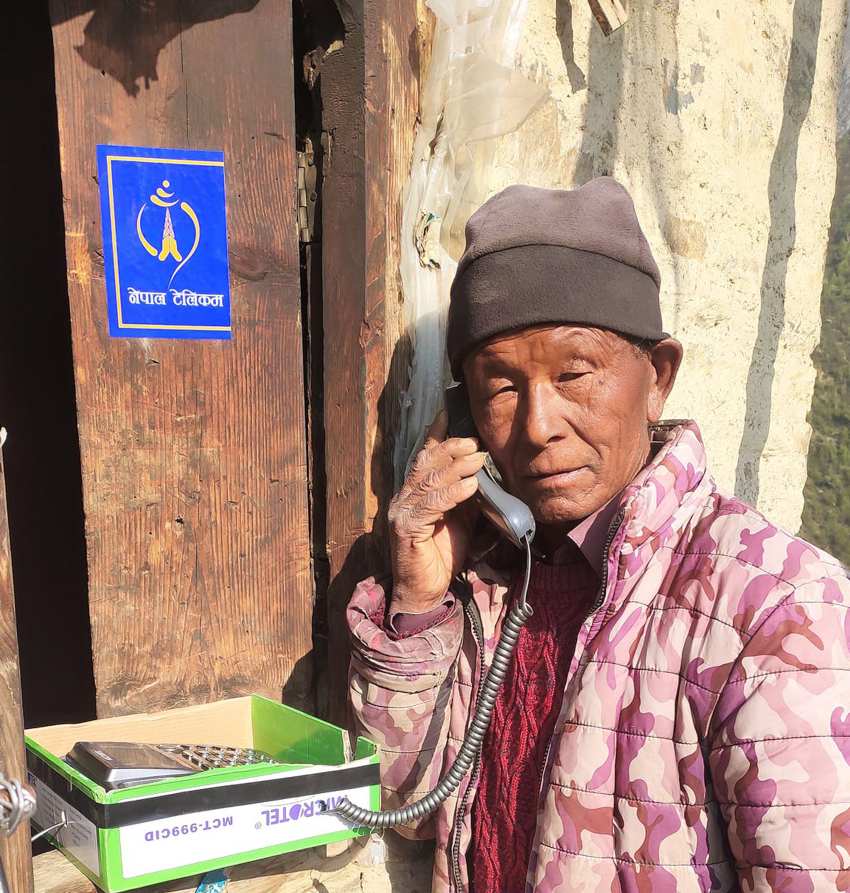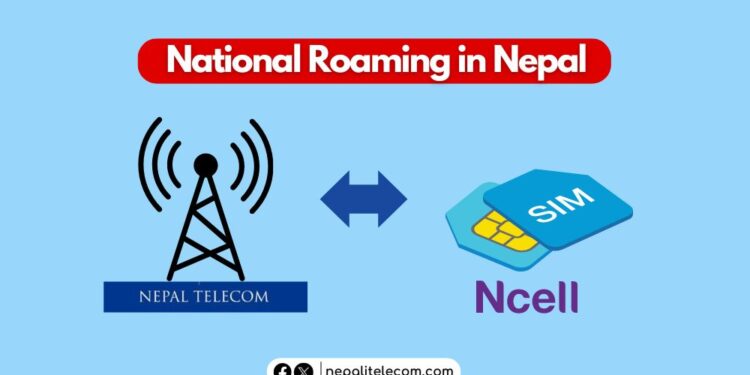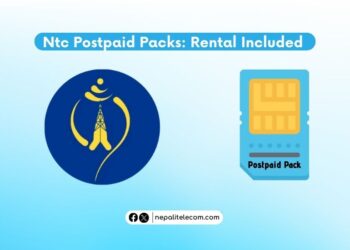Nepal Telecom Authority (NTA) has held discussions with Nepalese telecom operators to discuss regulations for national (domestic) roaming between intra-country operators. Roaming is one of the major features of GSM cellular services so, it’s one of the important services Nepali mobile subscribers use and the regulator wants to ensure that it works seamlessly for all.
Roaming, in general, allows a mobile subscriber to get services from another network when its home network is unavailable. The term was equally used for mobile subscribers when traveling to a new location and on the same network. It’s said to be roaming even in its own network while it is out of some domestic region. National roaming or domestic roaming services used to be quite popular in the global telecom scenario. But it seems this has not been a hot topic in recent years. However, NTA believes that it will help maximize the utilization of existing networks, avoid duplication, and create value for customers.
What is national roaming?
National roaming or domestic roaming essentially is a cellular technology in which, a mobile user gets to connect with a different mobile network when their own is not available in a particular area. For example, you are an NTC user and reach a remote region in Karnali. You try to place a call to any number but there is no NTC tower to process your call but you can see an Ncell base station. If domestic roaming is agreed upon between Ntc and Ncell, then you are in luck. Even though you are an NTC user, your call will be processed through the Ncell tower. This is called national roaming.
To explain it simply, take an example of an area where the Ntc mobile network is only available, and you take an Ncell SIM card there. If national roaming is available, your Ncell SIM could also get an Ntc mobile network make calls, and use data with it or vice versa.
Also read: Register Your Grey Phone in MDMS, Find Costs for iPhone, Android, and Bar phone
How does national roaming work?
For roaming to work, two carriers need to have an agreement and such cooperation applies to a particular area. To illustrate, Carrier A and Carrier B may agree to use roaming in Area 1. That means users of Carrier A can use the mobile network of Carrier B in Area 1 but not in Area 2 unless there’s an agreement in that area too.
Roaming is coordinated on a commercial basis. While users benefit from national roaming, the charges might increase a little bit more given that the service allows users of one carrier to use a network of another carrier.
National roaming could owe great to Nepal Telecom for its success
Nepal Telecom (NTC) has coverage across the majority of the rural municipalities in Nepal. To illustrate, the company has extended its 4G services to over 98% of local bodies. However, it is reluctant to implement national roaming for the lack of proper policy. But if the plan materializes, the company has a pivotal significance for it. It’s wide coverage and flexible cellar services across Nepal could certainly widen the scope of domestic roaming. And this will also help bridge the gap in cellular connectivity.

New mobile network operators (MNOs) and private giant Ncell will benefit from the domestic roaming. It’s not that Ntc will be losing its customers and revenue. Proper regulations and policies in domestic roaming will encourage their extension to the remotest areas in Nepal with resources which could certainly help draw in financial gains with roaming calls. The quibble is that the roaming calls are more expensive than regular cellular calls.
Check out: NTA takes back 5G Trial frequency from Nepal Telcom
NTA must ensure a bias-free national roaming policy
National roaming is also seen as a different form of infrastructure sharing that helps maximize the telcos’ resources just like a Mobile Virtual Network Operator (MVNO). The regulator though can’t entertain any bias to formulate any sort of policies that help some new operators and downgrade the existing ones. New players will resort to installing baste stations (BTS) in urban areas where there is much traffic and get coverage from existing operators in remote places (especially hilly, mountainous regions) which worsens the competition in extending their coverage and providing better quality service.
Why national roaming hasn’t been implemented yet in Nepal?
There could be one big reason that national roaming hasn’t been used in Nepal. That is the expanding coverage of both NT and Ncell. So far, both operators have extended their coverage to over 90% of local levels across the country including areas that are too far and remote.
It’s almost ensured that no matter how remote an area we are talking about, chances are that there is at least a 2G or 3G network. Even the 4G network is widely available across the country. Maybe this expansive coverage has ruled out the necessity of domestic roaming in the eyes of NTA and telecom companies.
Though there are many issues facing domestic roaming. Nepalitelecom.com believes that the discussion between NTA and operators will help formulate a clear and bias-free policy to facilitate domestic roaming in Nepal. Would you want a domestic roaming service in Nepal for consistent and reliable connectivity and be okay with slightly higher tariffs? Do share in our comments box below.













